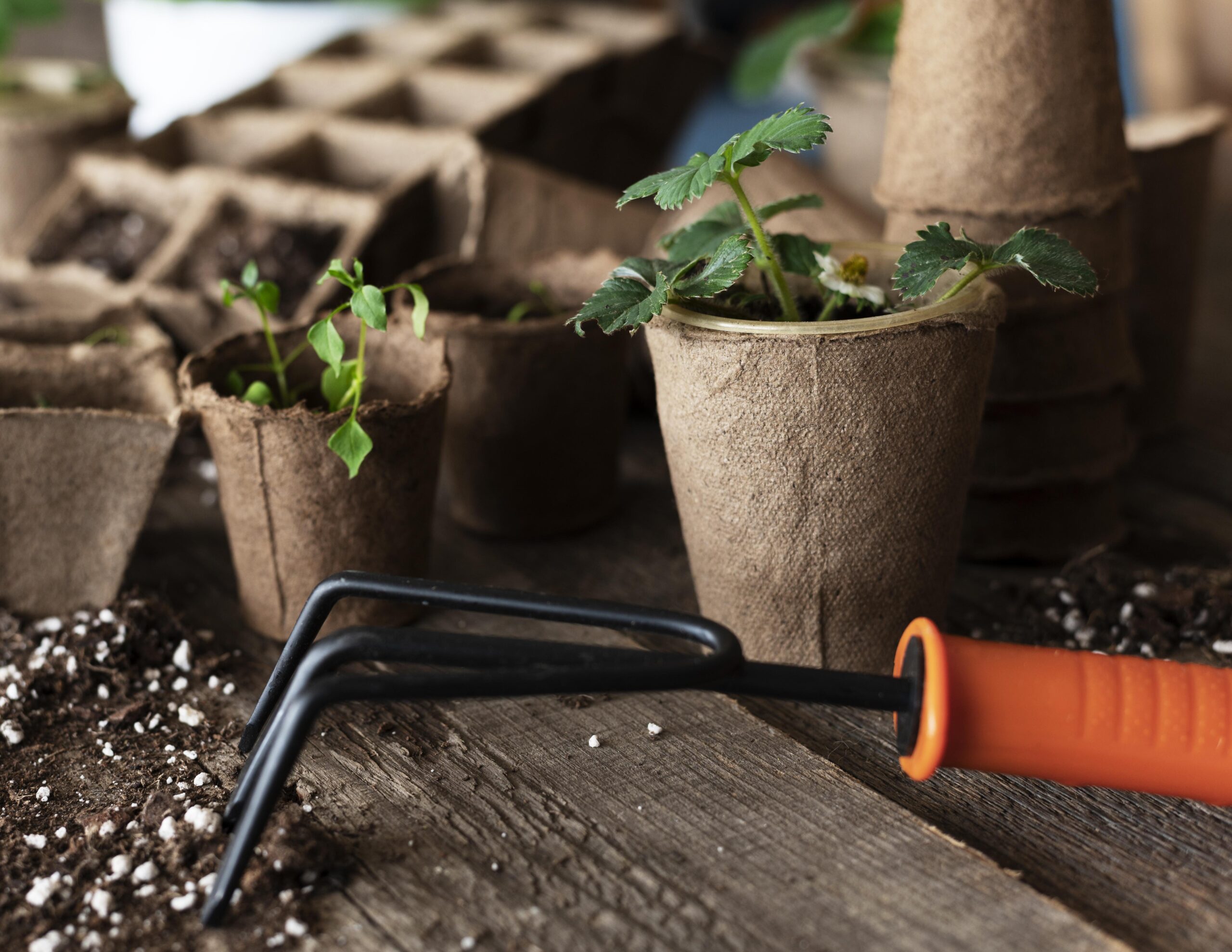
Indoor gardening is a fulfilling and creative hobby that allows you to bring the beauty of nature into your home. Whether growing indoor flowers, herbs, or vegetables, having the right supplies is essential to develop and sustain an indoor garden, in this blog, you’ll find a list of 10 must-have gardening essentials.
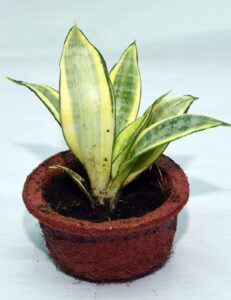
While you’re purchasing planting pots, you must closely consider pot size. You’ll need to research your plants’ specific potting needs for the right-sized pots. Other things to consider are the material type and drainage efficiency. For this, coconut coir pots can be the right choice for eco-friendly gardening made from raw coconut fibre. Coir pots don’t require a drainage hole due to their porous texture and quickly drain all the excess water. It also provides a better oxygen flow to plant roots than other pot materials.

Plants require a good supply of nutrition, water and air. Hence, the potting soil must be moisture-retentive, smooth textured, and contain organic matter. When you are looking for the best organic potting soil for vegetables, fruits or flowers, look for these components in the soil mix:
1). Cocopeat or Coconut fiber for better water retention, and aeration and lower the risk of soil fungus and root diseases.
2). Vermiculite or perlite for drainage
3). Organic compost or fertilizer for the supply of nutrition for the soil
These three are the essential components of the potting mix for growing vegetables, fruits and flowers.

The light your plants receive can make or break your spring garden. Most gardeners keep their plants near window sills, which usually won’t provide enough light to grow properly. They can end up with weak stems and poor growth.
Grow light is essential if you are growing indoor plants. A few options are available; you can choose LED grow lights or fluorescent shop lights.

Remember that indoor plants have less access to soil nutrients than outdoor plants. Therefore, add fertilizer and compost or peat moss to the containers to keep them healthy. It’s challenging to do this effectively without a hand fork, making it a must-have tool. A hand fork typically features at least three prongs to help planters work the soil, aerate it, and ensure that nutrients are evenly distributed in the container or pot. You can also use it for planting and transplanting.
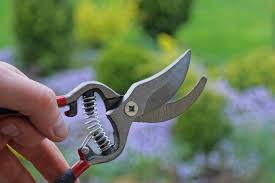
Pruners are an essential tool no indoor gardener wants to skimp on. You need a well-designed set of pruners to snip stems and leaves. They help manage unwanted growth with precision. However, poor-quality pruners can snip off a plant’s foliage, which could crush and tear the stems. That, in turn, leaves the plants vulnerable to infestation and diseases. So, make sure that the blades of your pruners are sharp and of quality. Replace your pruners when the blades start to get blunt. Keep the blades sharp, clean, and disease-free by wiping them with rubbing alcohol after every use. That will help prevent bluntness and unnecessary damage to your plants.

Neem oil is a fantastic oil for repelling pests and eliminating an infestation. You can add a few drops to the water before misting your plants or store it for whenever you have a bug problem in your garden. This impressive oil provides an organic means of combating plant pests without harming your plants. If you have a pest problem, it will kill the harmful insects and leave the beneficial ones alone. You can use it in an indoor and outdoor garden.

You already know that your indoor plants require heat to grow. Of course, temperatures are normal to plummet during winter, but that doesn’t mean that your plants shouldn’t get the much-needed warmth. Heat mats help protect your plants against the drastic temperature drop by heating them from below. You need to place the containers on the heat mat to prevent your plants from getting cold feet and becoming dormant. Of course, this is also achievable using a grow light beaming down with sufficient heat on the plants. But there’s nothing wrong with having both grow lights and heat mats.

Containers for soil-based plants typically have holes at the bottom to encourage drainage and prevent waterlogging. You can collect the drained water and any soil that leaks through the base holes with a pot base. That means you can easily collect the pot base and remove the water whenever necessary. It also means you can reuse it and clean leaked soil more easily. These are ideal for keeping your plants and garden from becoming a dirty mess. After all, you need the display to stay aesthetically appealing. If you plan to grow many plants, getting multiple packs of pot bases is cheaper. But if you plan to develop a quite heavy indoor plant that can only sit on the floor, using a rolling caddy with a drip tray is better.

Swabs This is one supply that every gardener must have on hand. It is essential for when your plants get a mealybug infestation. Mealybugs look like tiny cotton bits in plants; you can find them on the root, stem, and leaves. These cotton-like balls are slow-moving bugs. To get rid of them, dip some cotton swabs in rubbing alcohol and dab them directly onto the cotton bits on your plants. That will eliminate the ones visible to you. You can treat the ones you can’t see by creating a solution of seven parts water and one part rubbing alcohol. Please put it in a spray bottle and mist your plants with it.
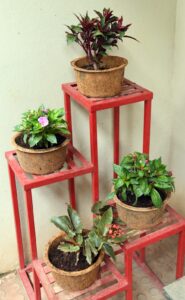
There is a wide variety of for indoor gardening. Some are suitable for displaying single plants, while others are designed for collections of plants. You need not go to speciality plant stores to get the best stands. You will find various sturdy and quality plant stands online in different e-commerce stores. Plant stands are ideal if you live in rented accommodation since you can’t install shelving systems or hanging hooks around a rented home. You need to set them up with plant stands and start using them. They won’t cause holes in the walls, which means no damage is caused to the interiors. That also means you won’t have to worry about your landlord sending your deposit back.
Investing in these 10 essential supplies can achieve a healthy and thriving gardening environment. Start small, stay consistent, and watch your indoor garden flourish.

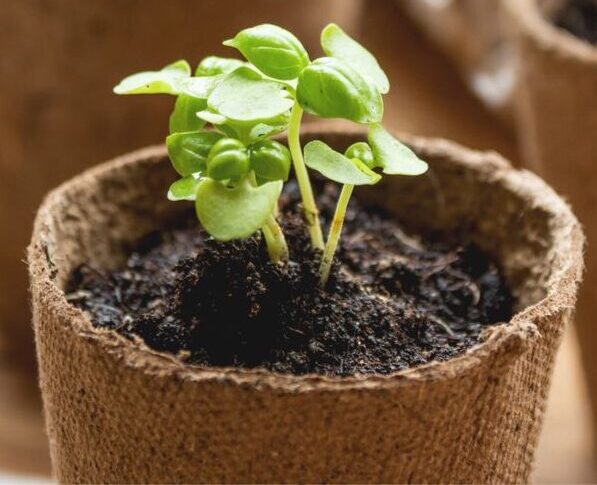
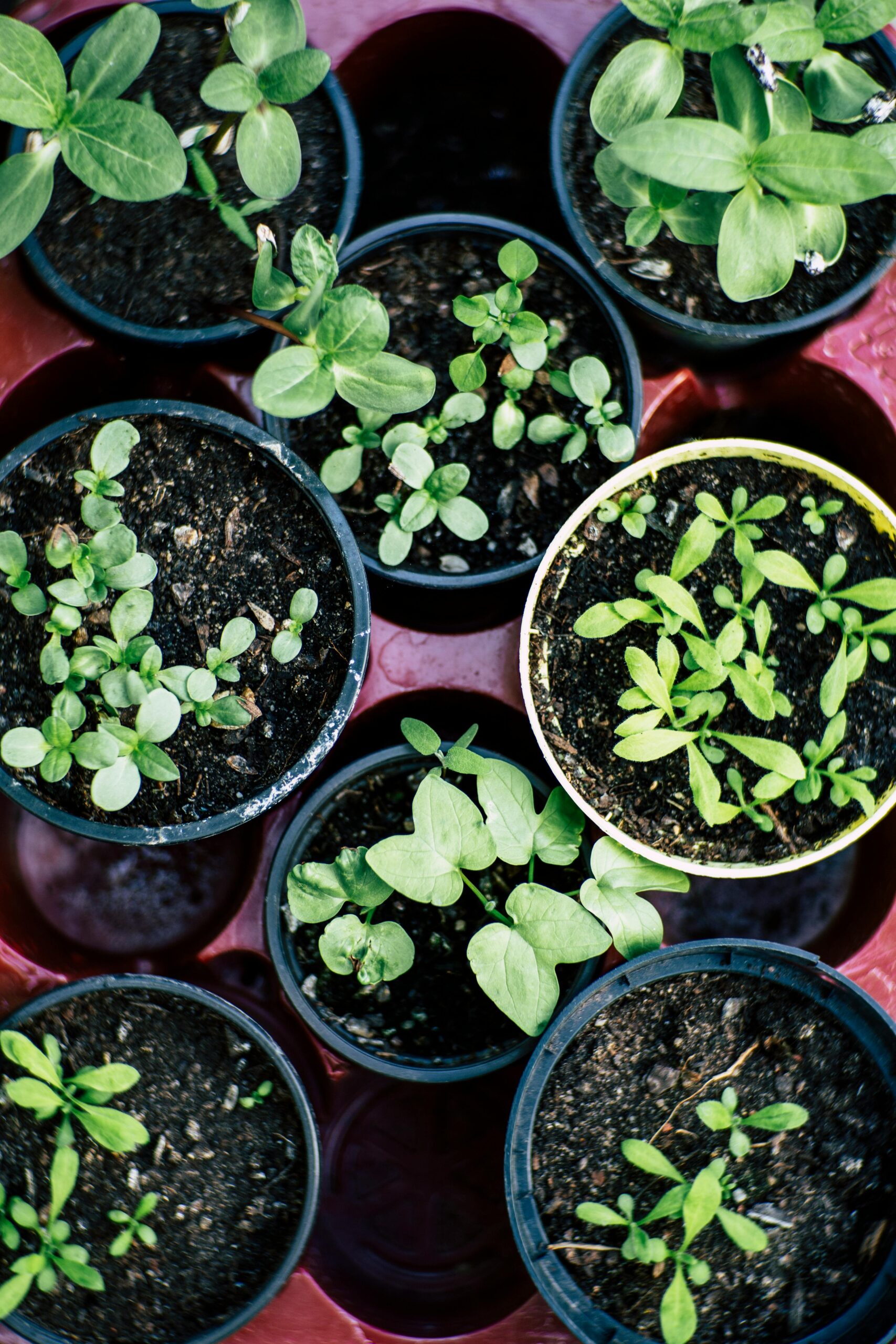
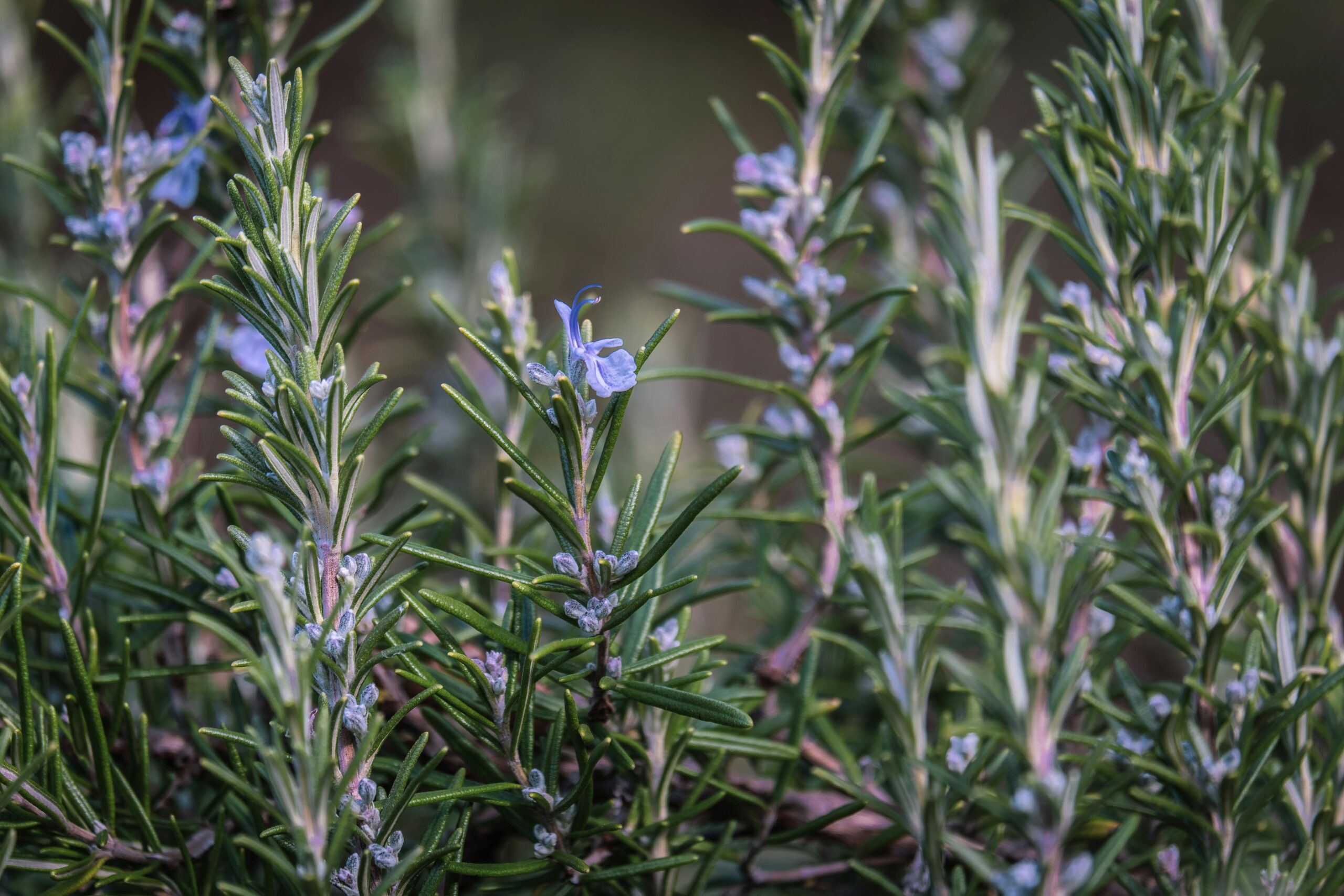
+91-7019960850
sanjeevinigarden@gmail.com
Sanjeevini Garden Products, KAN-4-36/2, Coastal Farms (formerly chicken) road, Padil-Kannuru, Mangaluru 575007
Copyright © All Right Reserved